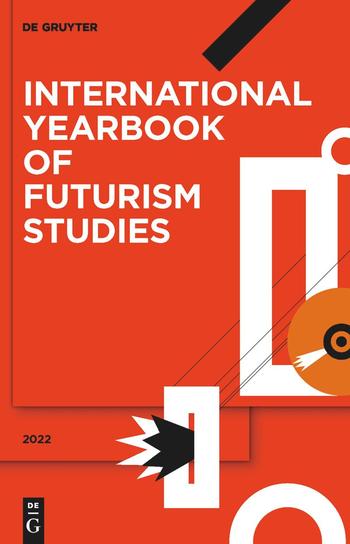Vasily Kamensky and F.T. Marinetti: Italian Words-in-Freedom and Russian Typographic Visual Poetry
Eugene Ostashevsky – 2022
Tango with Cows, by the Russian Cubofuturist Vasily Kamensky, is an early example of avant-garde typographic visual poetry. Published less than a year after Marinetti issued a call for a "typographic revolution" in his Distruzione della sintassi – Immaginazione senza fili – Parole in libertà (1913), Tango with Cows strikes the reader as quite Italianate in comparison with other innovative Russian Futurist books. Was Kamensky aware of Marinetti's manifestos? Might the form and even the existence of Kamensky's 'ferroconcrete' poems be related to Marinetti's visit to Russia, which took place shortly before the publication of Tango with Cows? Was the Russian poet responding to Marinetti's first book-length experiment with Words-in-Freedom, Zang Tumb Tuuum: Adrianopoli ottobre 1912, issued in early 1914? To solve these questions, this essay compares Kamensky's ferroconcrete poems to related publications of Russian Cubofuturist and Italian Futurist typographic visual poetry. It also establishes a comparative chronology of publications and their dates of composition, and investigates which Italian Futurist manifestos might have been available to Kamensky. Finally, I consider whether Kamensky's poems may have responded to the concept of simultaneity formulated in Gli espositori al pubblico (1912), a Futurist manifesto on painting. This essay is illustrated by examples of Kamensky's typographic visual poetry in both the original and in English.
How to cite:
Eugene Ostashevsky. "Vasily Kamensky and F.T. Marinetti: Italian Words-in-Freedom and Russian Typographic Visual Poetry." In International Yearbook of Futurism Studies 12, edited by Günther Berghaus, 189–223. Berlin/Boston: De Gruyter, 2022. https://doi.org/10.1515/9783110800920-007.
